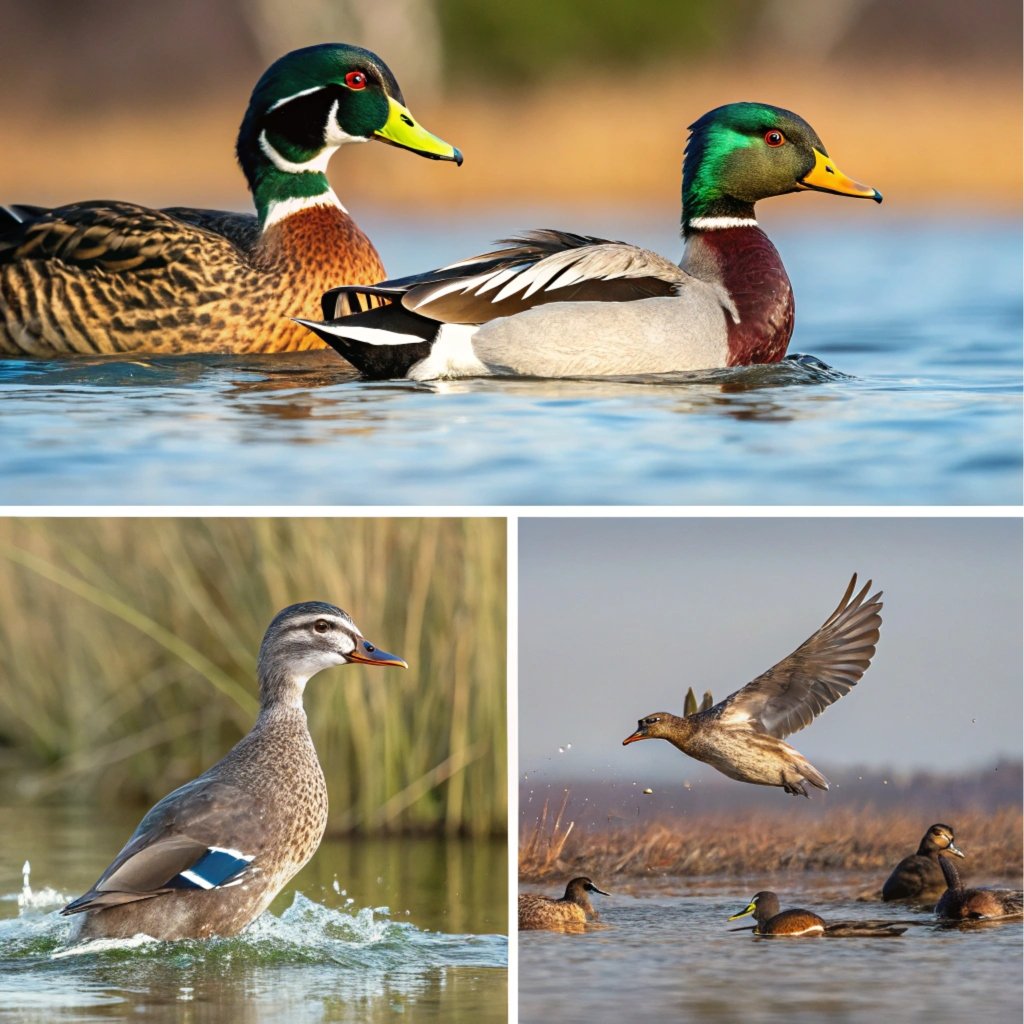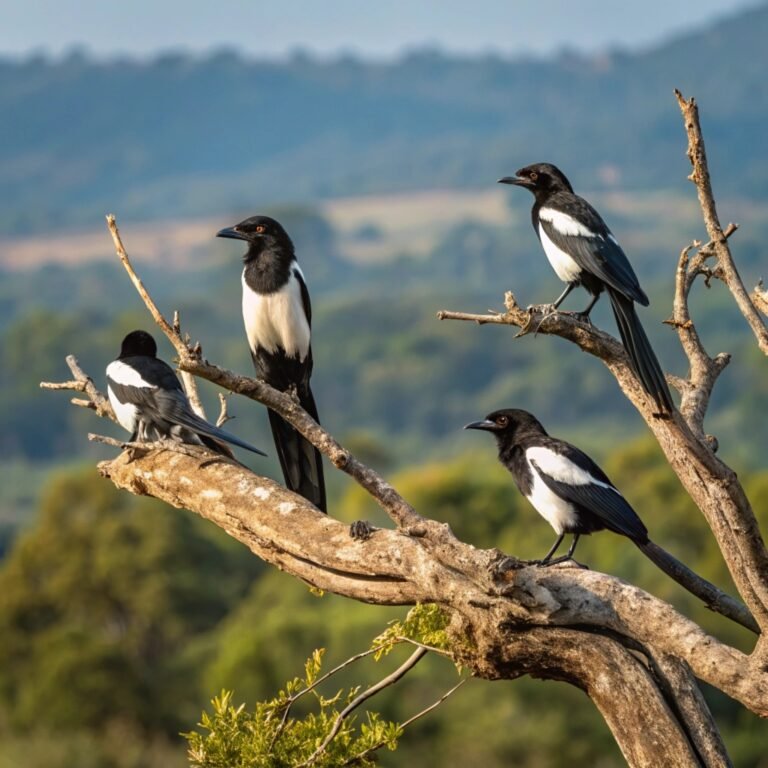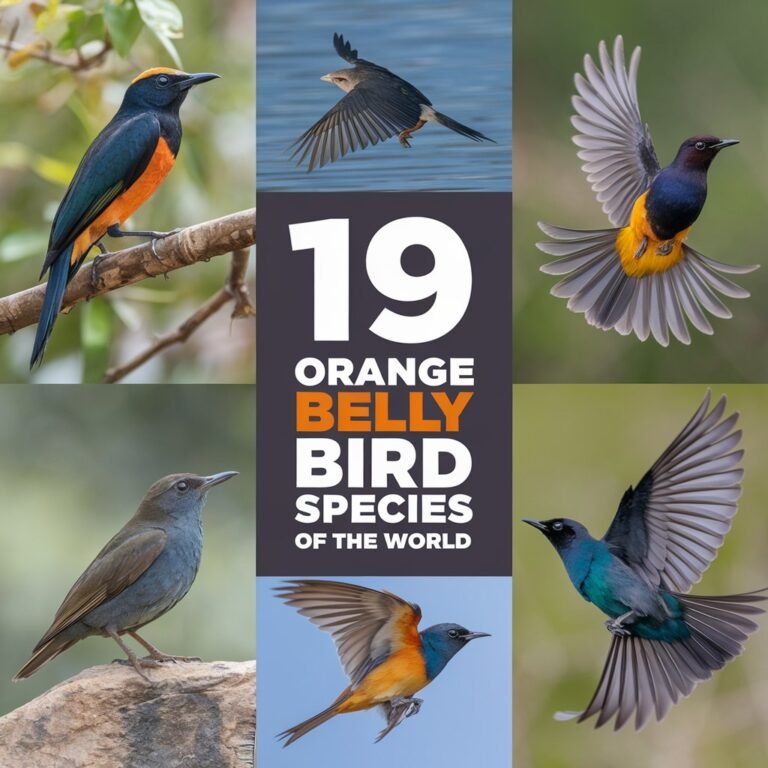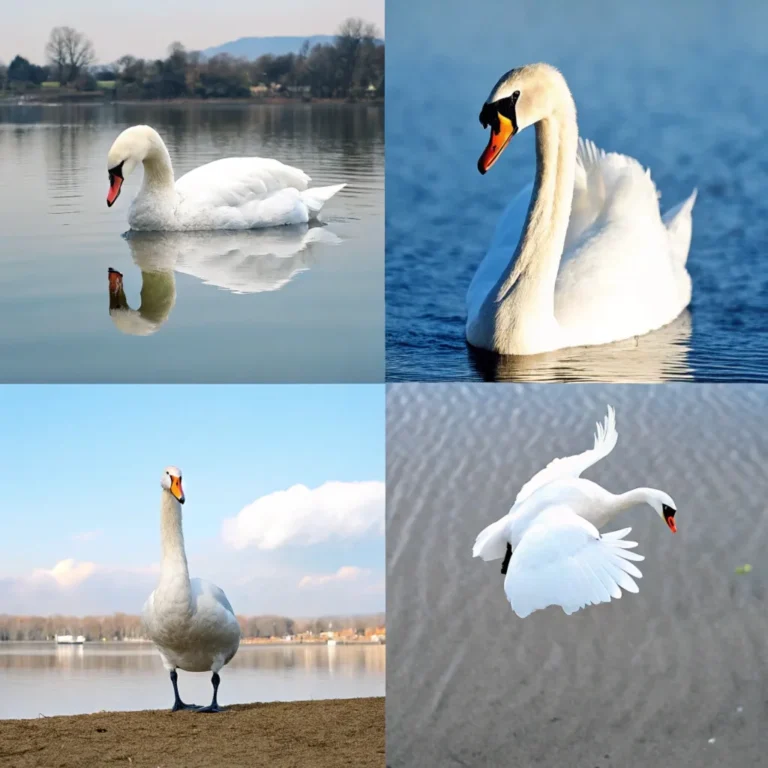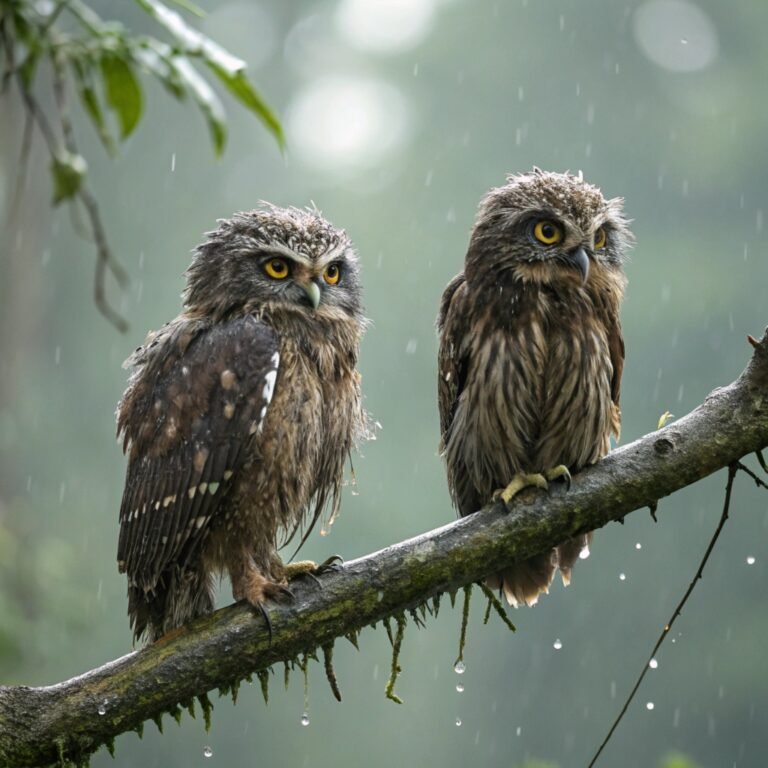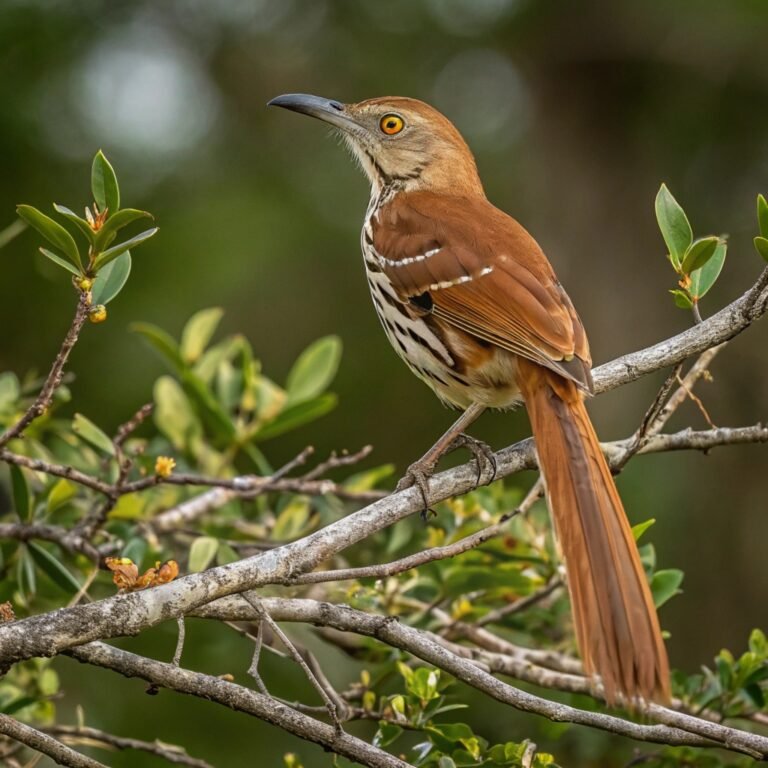10 Different Types of Ducks Explained in Detail: Exploring the Fascinating World of Ducks
Ducks are captivating waterfowl that belong to the Anatidae family. These charming birds come in various shapes, sizes, and colors, each with unique characteristics and behaviors.
In this comprehensive guide, we’ll delve into the world of ducks, exploring ten distinct types that showcase the diversity of these remarkable creatures.
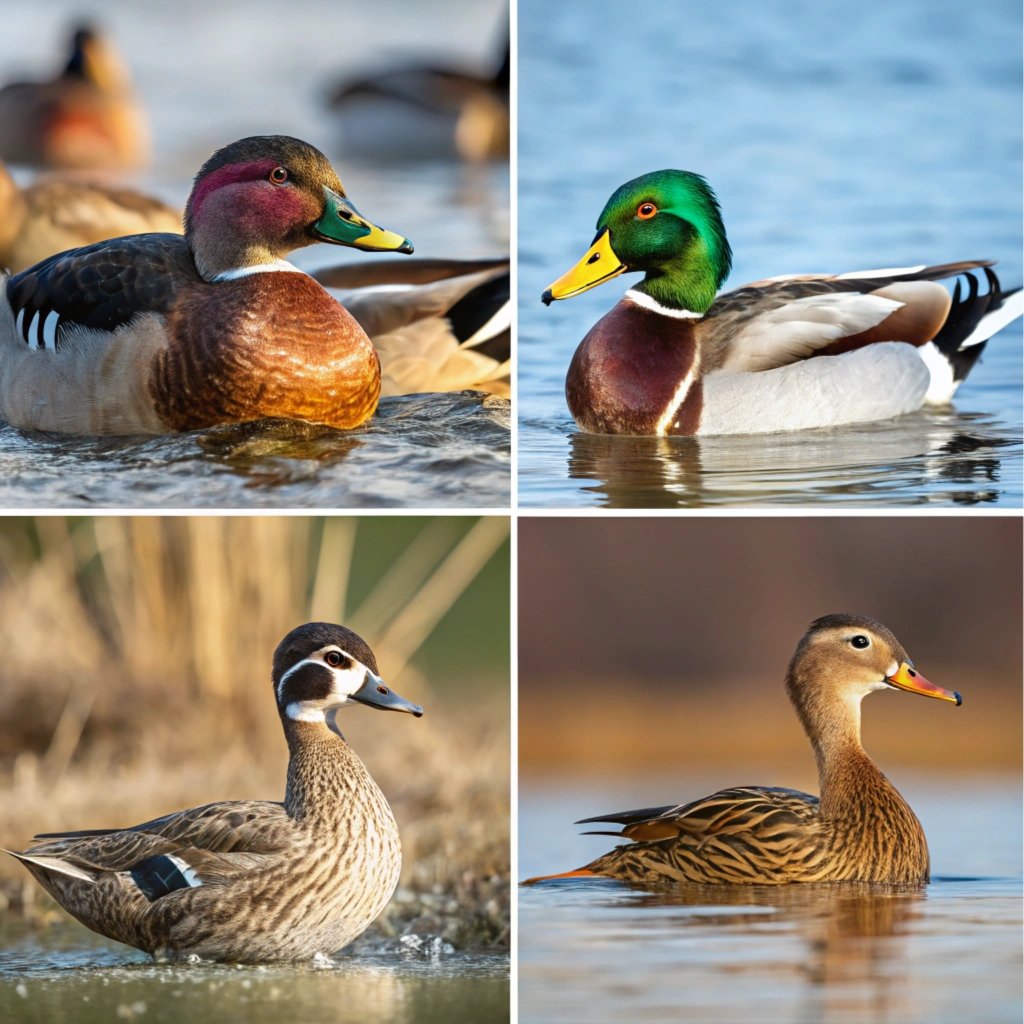
Key Takeaways:
- Ducks are classified into three main groups: perching, dabbling, and diving ducks
- Each duck type has unique physical features and behavioral traits
- Ducks play crucial roles in various ecosystems and have adapted to different habitats
- Some duck species are popular in bird-watching and hunting activities
- Conservation efforts are essential to protect certain duck species facing threats
- Ducks have diverse feeding habits, ranging from surface feeding to deep diving
- Many duck species exhibit sexual dimorphism, with males often having more colorful plumage
- Ducks have specialized anatomical features that help them thrive in aquatic environments
- Some duck breeds have been domesticated for their meat, eggs, or ornamental purposes
- Understanding different duck types can enhance appreciation for biodiversity and conservation
1. Mandarin Duck: The Colorful Forest Dweller

The Mandarin Duck (Aix galericulata) is a stunning example of nature’s artistry. These perching ducks are native to East Asia and are known for their vibrant plumage.
Male Mandarin Ducks boast a kaleidoscope of colors, including deep orange, purple, green, and white, with distinctive white crescents over their eyes.
Female Mandarin Ducks, while less colorful, have their own charm with gray heads, brown backs, and white eye rings.
These ducks prefer dense woodlands near shallow lakes, marshes, or ponds. Interestingly, they nest in tree cavities high above the ground, a unique adaptation that helps protect their eggs from terrestrial predators.
2. Muscovy Duck: The Unique Non-Duck

The Muscovy Duck (Cairina moschata) is an intriguing species that, despite its name, is not a true duck.
Native to Central and South America, these birds have distinctive features that set them apart. They sport a fleshy red face with a bumpy caruncle on their bill, giving them a rather unusual appearance.
Muscovy Ducks are larger than many other duck species, with males being noticeably bigger than females.
They have sharp claws on their feet, which allow them to roost in trees – a trait uncommon among ducks. These adaptable birds thrive in wet woodlands and marshes, where trees provide refuge from predators.
3. Mallard: The Quintessential Dabbling Duck
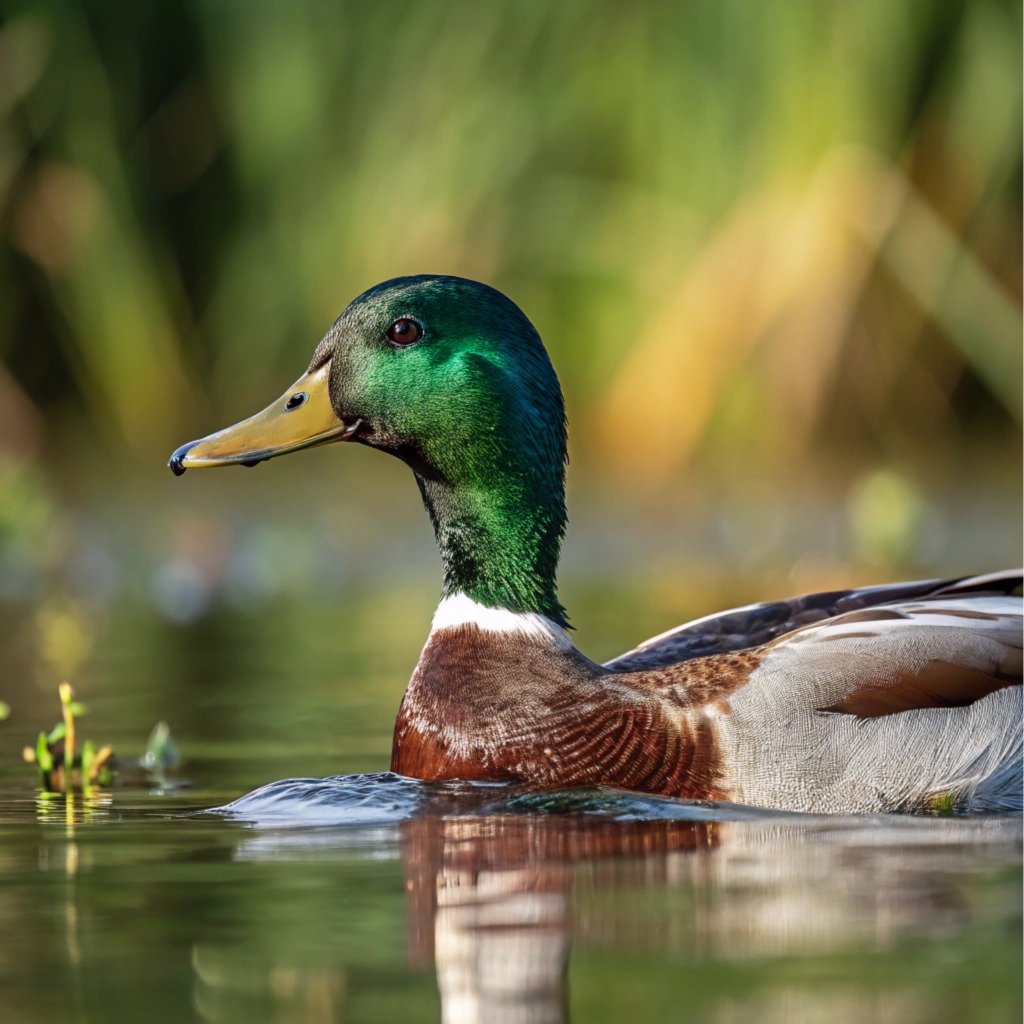
The Mallard (Anas platyrhynchos) is perhaps the most recognizable duck species worldwide.
As a classic example of dabbling ducks, Mallards feed by tipping up in shallow water, foraging for plants and insects. Males are easily identified by their iridescent green heads, white neck rings, and chestnut-colored breasts.
Female Mallards have a mottled brown plumage, perfect for camouflage. These adaptable ducks can be found in various wetland habitats across North America, Europe, and Asia.
Mallards are also the ancestors of many domestic duck breeds, showcasing their significant impact on human culture and agriculture.
4. Northern Pintail: The Elegant Flyer
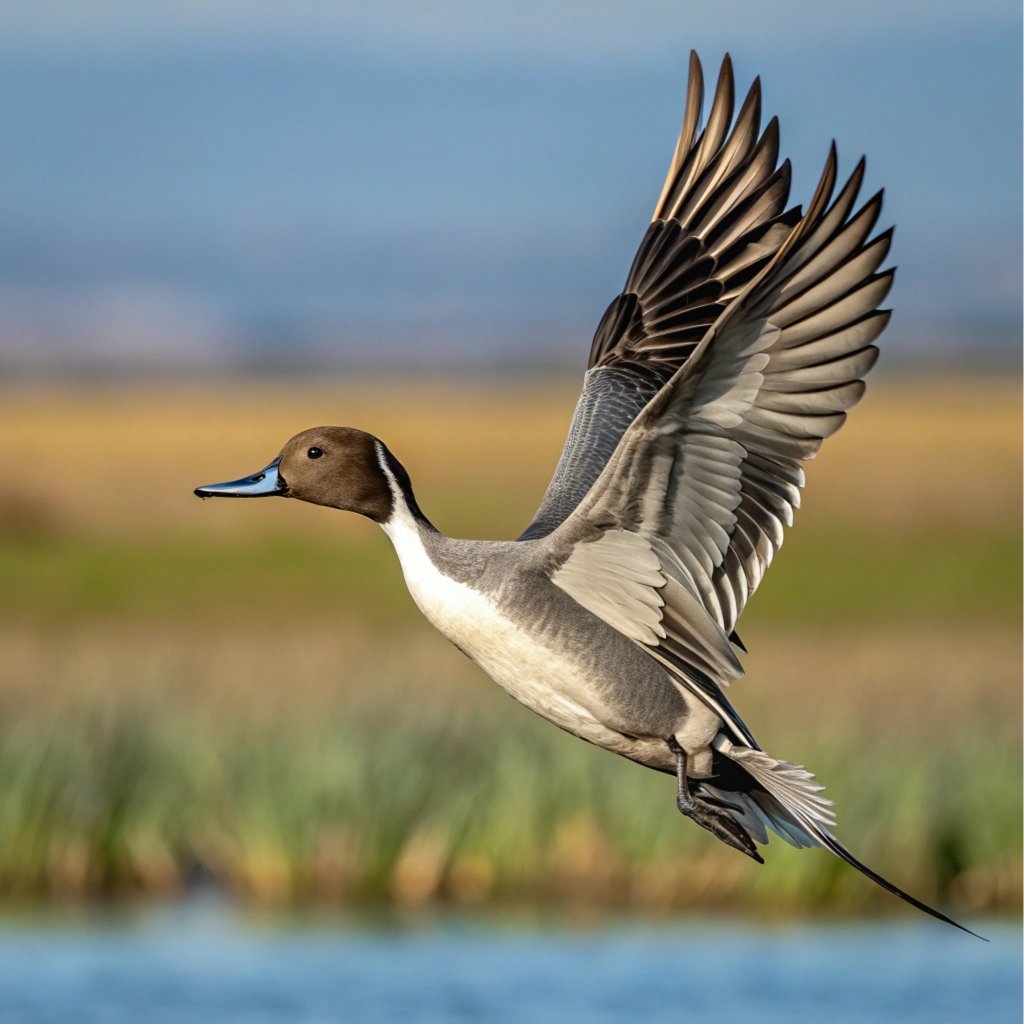
Often called the “greyhound of the air,” the Northern Pintail (Anas acuta) is known for its sleek, streamlined appearance.
These ducks have long, slender necks and pointed tail feathers, giving them a distinctive silhouette. Male Northern Pintails boast a chocolate brown head, white neck, and gray body.
Female Pintails, like many duck species, have more subdued mottled brown plumage for camouflage. These ducks are found across North America, Europe, and Asia, favoring open marshes, large lakes, and tranquil ponds.
Their elegant appearance and graceful flight make them a favorite among birdwatchers and wildlife enthusiasts.
5. Common Eider: The Down Producer
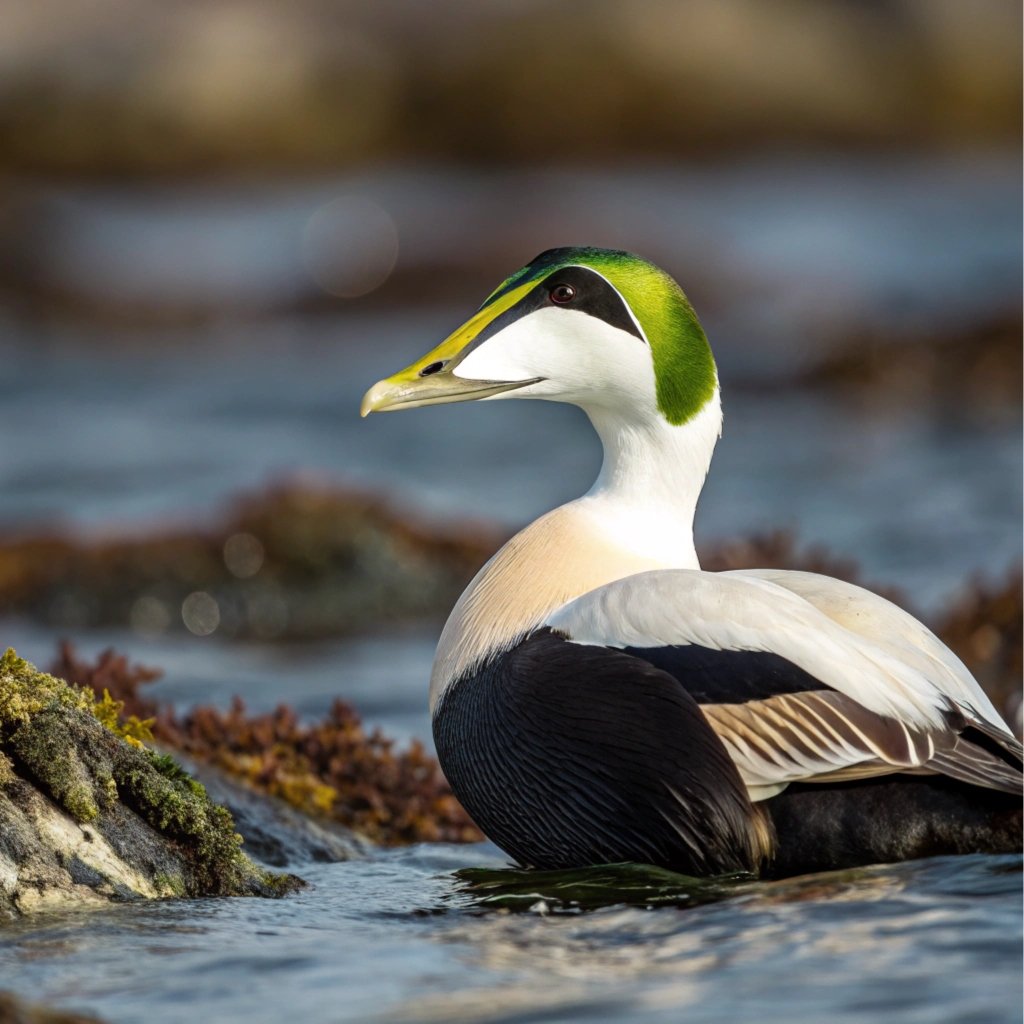
The Common Eider (Somateria mollissima) is a sea duck species known for its soft, insulating down feathers.
These large ducks are found across Europe, North America, and even as far as eastern Siberia. They have distinctive wedge-shaped bills and are expert divers, capable of reaching depths of up to 20 meters in search of food.
Male Common Eiders have striking black and white plumage with a hint of green on the nape, while females are brown.
Interestingly, female Eiders line their nests with down plucked from their own breasts, creating a warm and comfortable environment for their eggs and ducklings.
6. Teal Duck: The Colorful Dabbler
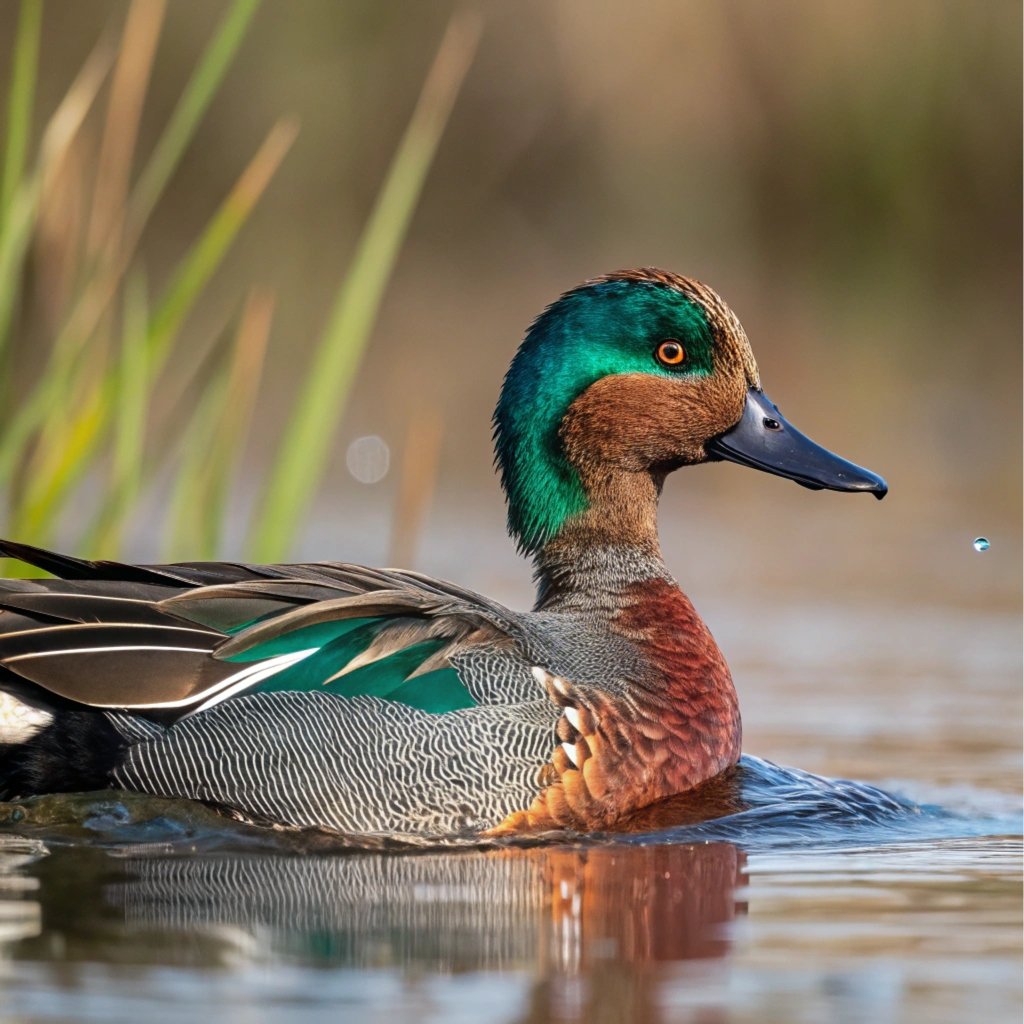
Teal Ducks are small dabbling ducks known for their vibrant plumage and distinctive speculum coloration.
Species like the Green-winged Teal (Anas carolinensis) and Blue-winged Teal (Anas discors) are popular among birdwatchers and hunters alike. These ducks prefer to feed along the water’s surface but can also tip up to forage.
Teal Ducks are found in various wetland habitats across North America and Eurasia. Their small size and agile flight make them challenging targets for hunters, contributing to their popularity as game birds. Conservation efforts ensure sustainable populations of these beautiful ducks.
7. Diving Ducks: The Underwater Foragers
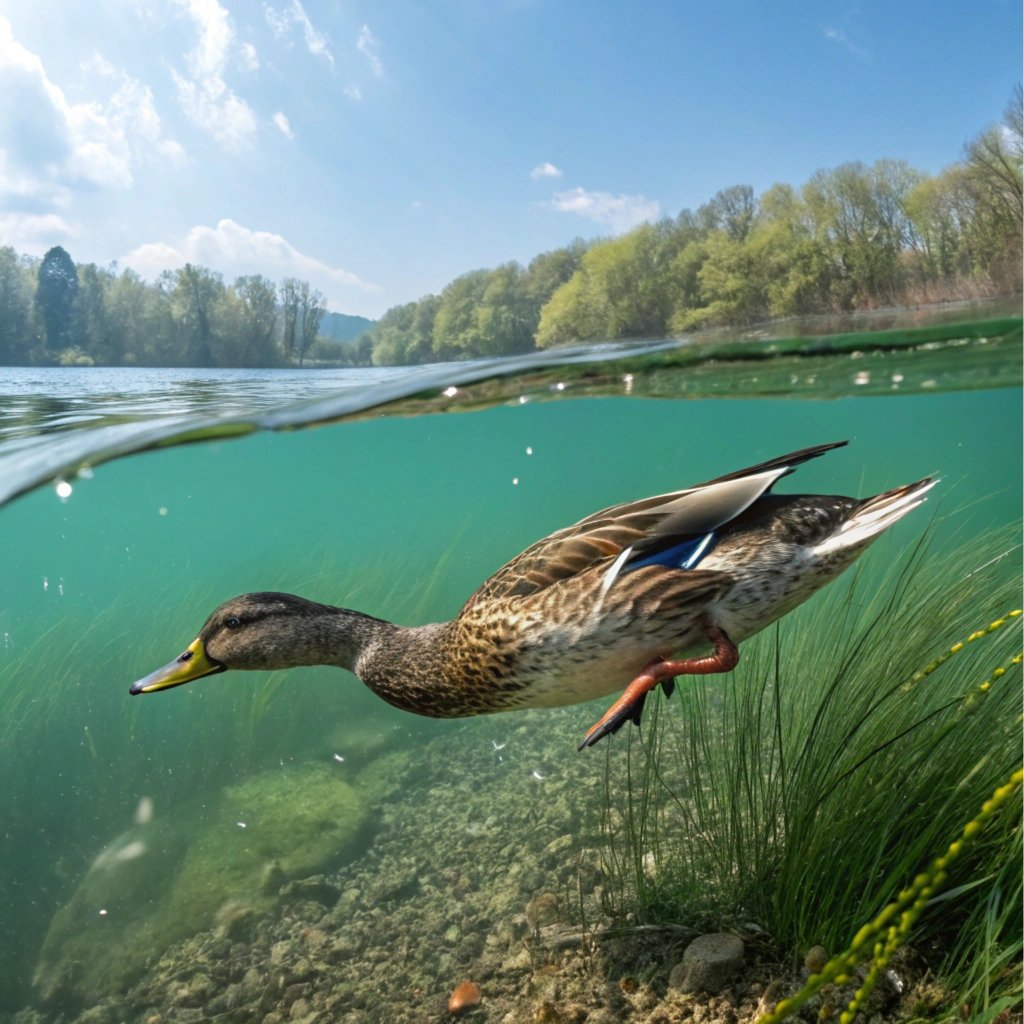
Diving Ducks are a group that includes species like the Canvasback (Aythya valisineria) and Redhead (Aythya americana).
As their name suggests, these ducks are expert divers, plunging beneath the water’s surface to feed on aquatic plants, insects, and small fish.
Diving ducks have compact, muscular bodies and legs positioned further back, adaptations that make them powerful swimmers but somewhat awkward on land.
They typically inhabit deeper waters than dabbling ducks and can be found in both freshwater and marine environments.
8. Wood Duck: The Colorful Percher
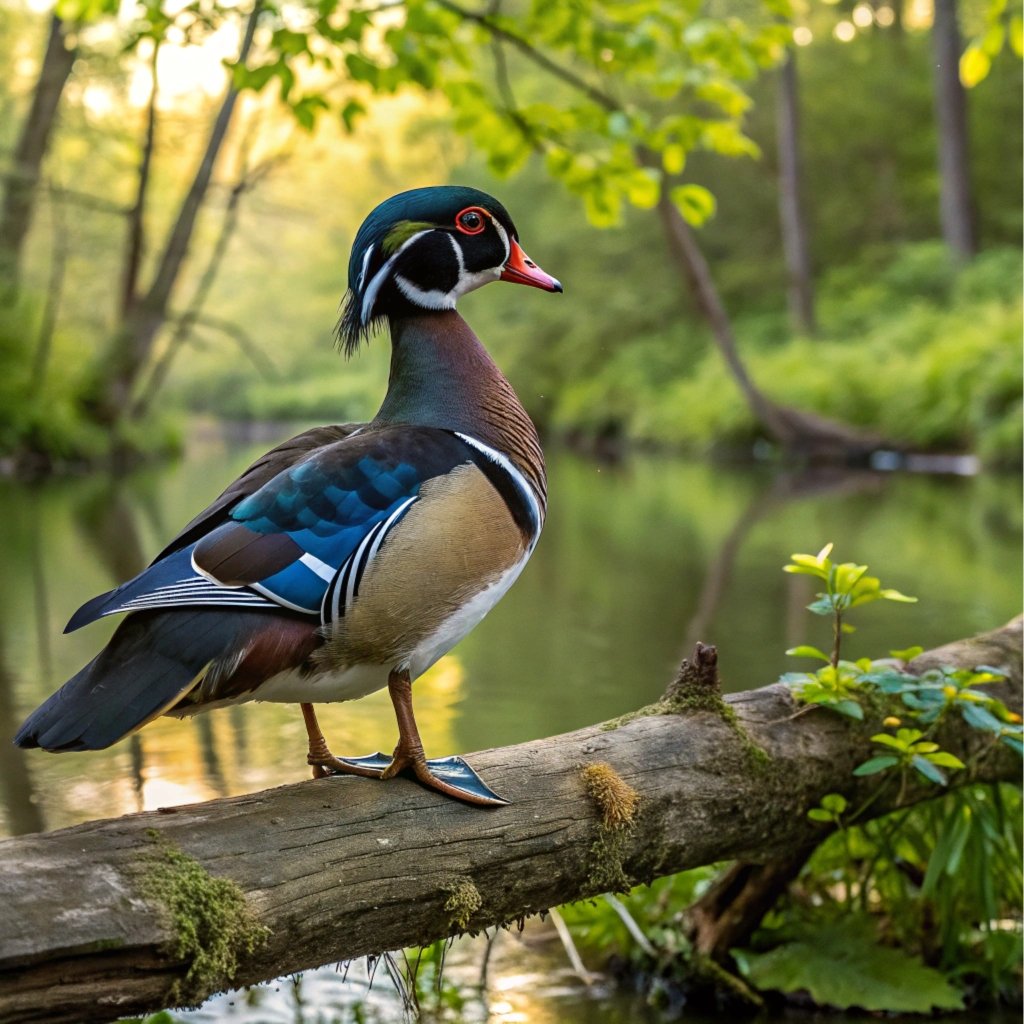
The Wood Duck (Aix sponsa) is a North American species known for its stunning plumage and tree-nesting habits.
Male Wood Ducks have a crested head with iridescent green and purple feathers, a white throat, and a chestnut-colored breast with white flecks. Females, while less colorful, have a distinctive white eye-ring and blue wing patch.
These ducks are unique among North American ducks for their ability to perch in trees and nest in tree cavities. They inhabit wooded swamps, marshes, and streams, where they feed on seeds, fruits, and insects.
9. Harlequin Duck: The Whitewater Specialist

The Harlequin Duck (Histrionicus histrionicus) is a small sea duck known for its striking plumage and preference for turbulent waters.
Males have a slate-blue body with chestnut sides and distinctive white markings, while females are more subdued with a brown body and white spots on the head.
These ducks are remarkable for their ability to navigate fast-flowing mountain streams and rough coastal waters.
During breeding season, they can be found along rocky mountain rivers, while in winter, they inhabit coastal areas. Their unique adaptations to challenging aquatic environments make them a fascinating species to observe.
10. Ruddy Duck: The Stiff-Tailed Diver
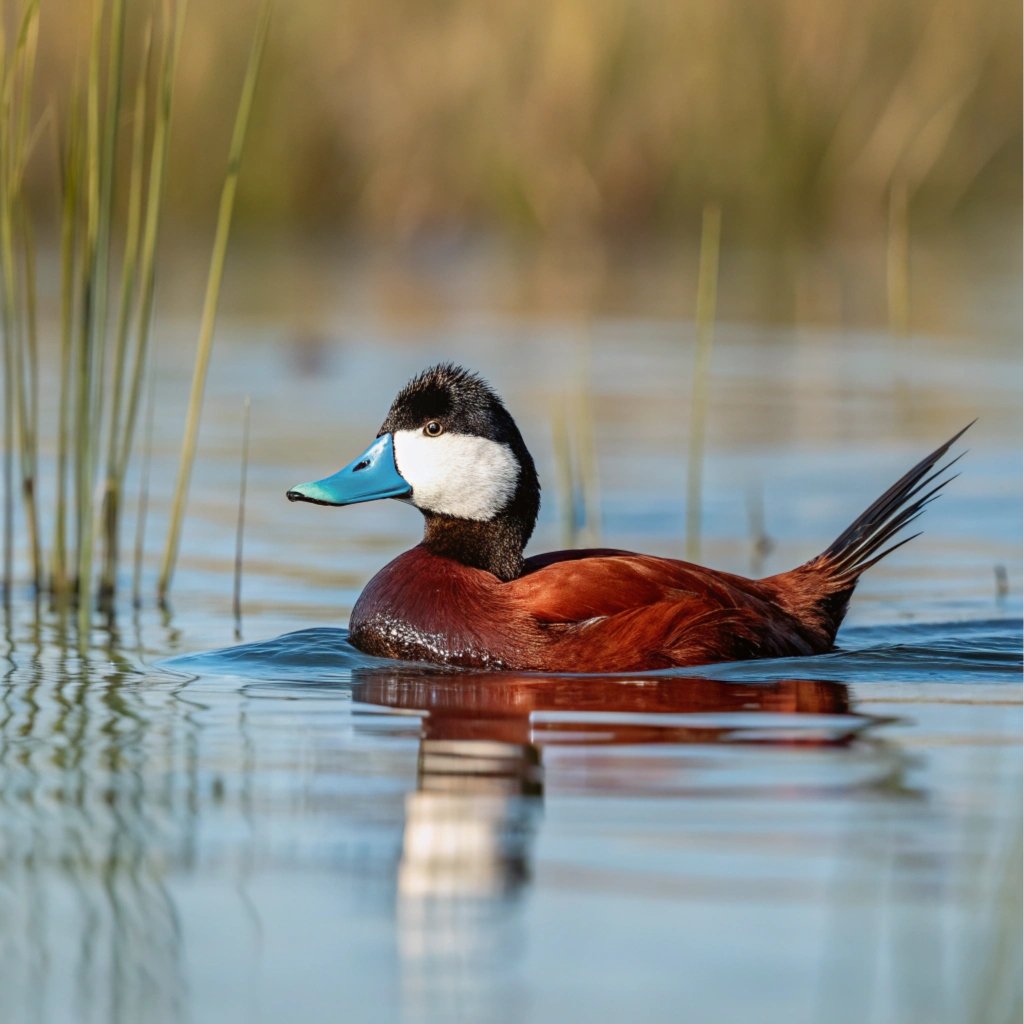
The Ruddy Duck (Oxyura jamaicensis) is a small, compact diving duck known for its stiff, upright tail.
During breeding season, male Ruddy Ducks develop a striking blue bill and chestnut-red body plumage. Females and non-breeding males have a more subdued brown coloration.
These ducks are excellent divers, using their stiff tails as rudders underwater. They primarily feed on aquatic plants and invertebrates found in marshes, ponds, and lakes.
Ruddy Ducks are also known for their unique courtship displays, where males slap their bills against their chests to create a drumming sound.
FAQs
What are the three main groups of wild ducks?
The three main groups of wild ducks are perching ducks, dabbling ducks, and diving ducks. Each group has unique characteristics and feeding habits adapted to their specific habitats and lifestyles.
How do dabbling ducks differ from diving ducks?
Dabbling ducks, also known as puddle ducks, feed primarily at the water’s surface or by tipping up in shallow water. Diving ducks, on the other hand, dive completely underwater to forage for food in deeper waters.
What is unique about the Muscovy Duck?
The Muscovy Duck is not a true duck and has several unique features, including a fleshy red face, bumpy caruncle on its bill, and sharp claws that allow it to roost in trees.
Why are Mandarin Ducks considered special?
Mandarin Ducks are known for their exceptionally colorful plumage, especially in males. They are also unique for their habit of nesting in tree cavities, which is uncommon among ducks.
What makes the Northern Pintail stand out?
The Northern Pintail is known for its elegant, streamlined appearance, with a long neck and pointed tail feathers. This gives them a distinctive silhouette and has earned them the nickname “greyhound of the air.”
How do Common Eiders contribute to human use?
Common Eiders are known for their soft, insulating down feathers, which are highly valued for use in bedding and clothing. However, sustainable harvesting practices are crucial to protect these birds.
What is special about the Wood Duck’s nesting habits?
Wood Ducks are unique among North American ducks for their ability to perch in trees and nest in tree cavities, adapting well to wooded wetland environments.
How are Harlequin Ducks adapted to their environment?
Harlequin Ducks are specially adapted to navigate turbulent waters, including fast-flowing mountain streams and rough coastal areas, making them unique among duck species.
What is the significance of the Ruddy Duck’s stiff tail?
The Ruddy Duck’s stiff, upright tail serves as a rudder during underwater dives, helping them maneuver efficiently while foraging for food.
Why is duck conservation important?
Duck conservation is crucial to maintain biodiversity, preserve ecosystems, and ensure the survival of various duck species, some of which face threats from habitat loss and climate change.

Hello, I’m Emily Price, the founder of Birds Affection. As a passionate bird enthusiast and spiritual seeker, I’ve always been fascinated by the symbolic meanings and mystical connections between birds and our lives. On this website, I share my knowledge and insights on the spiritual significance of various bird species, exploring their roles as messengers, guides, and teachers. Through my writing, I aim to inspire and educate others on the profound wisdom and beauty that birds bring to our world. Join me on this journey as we delve into the enchanting realm of bird symbolism and discover the hidden meanings behind these magnificent creatures.

